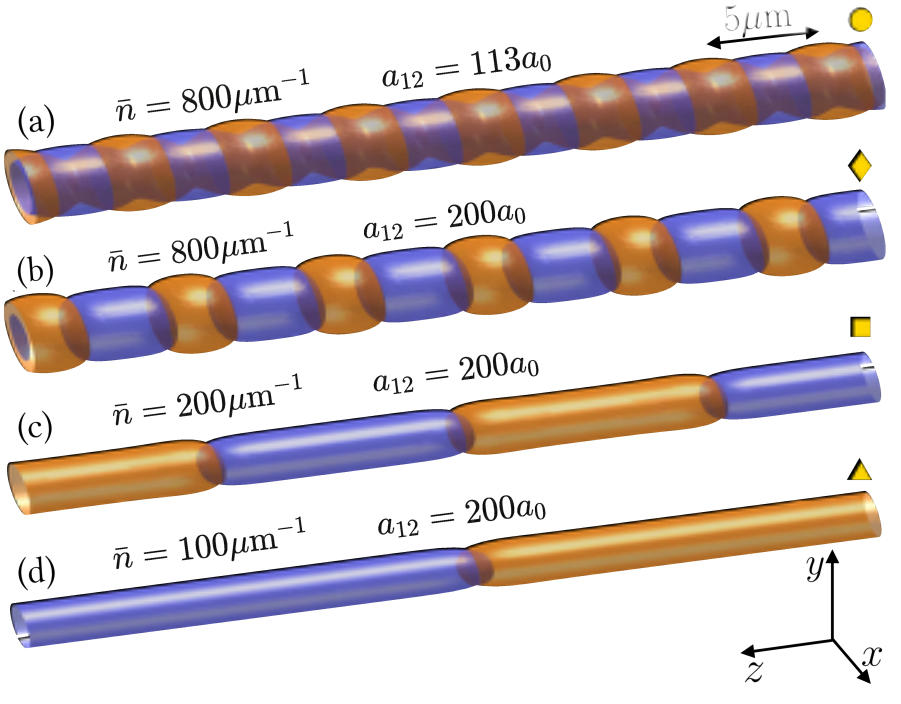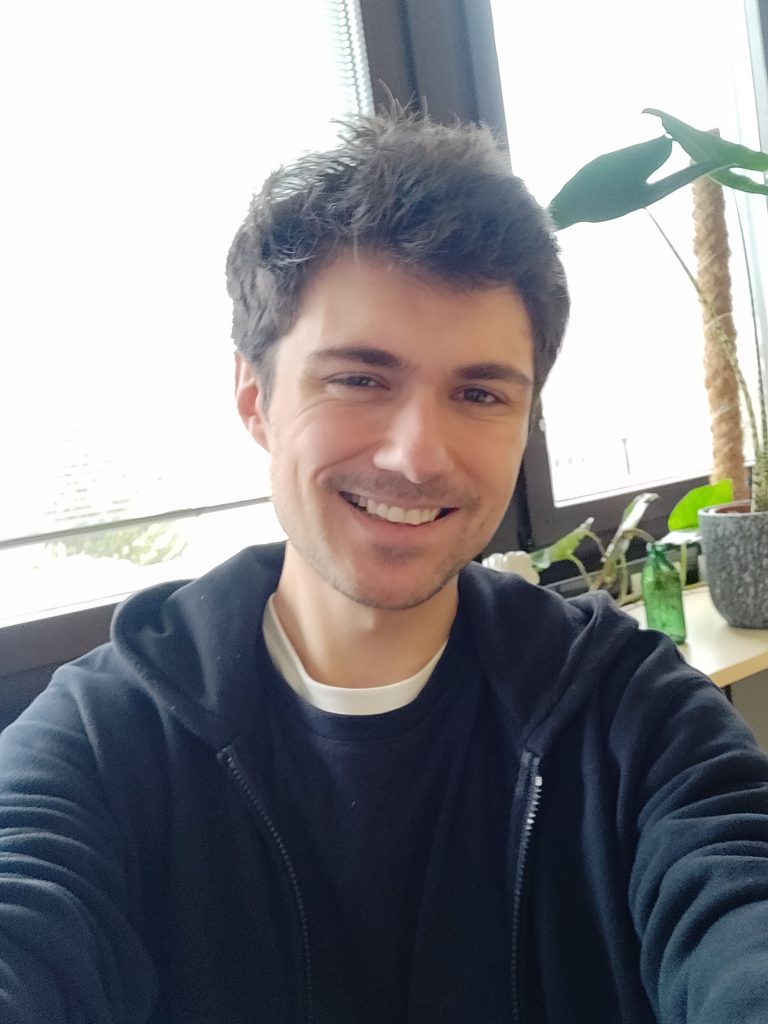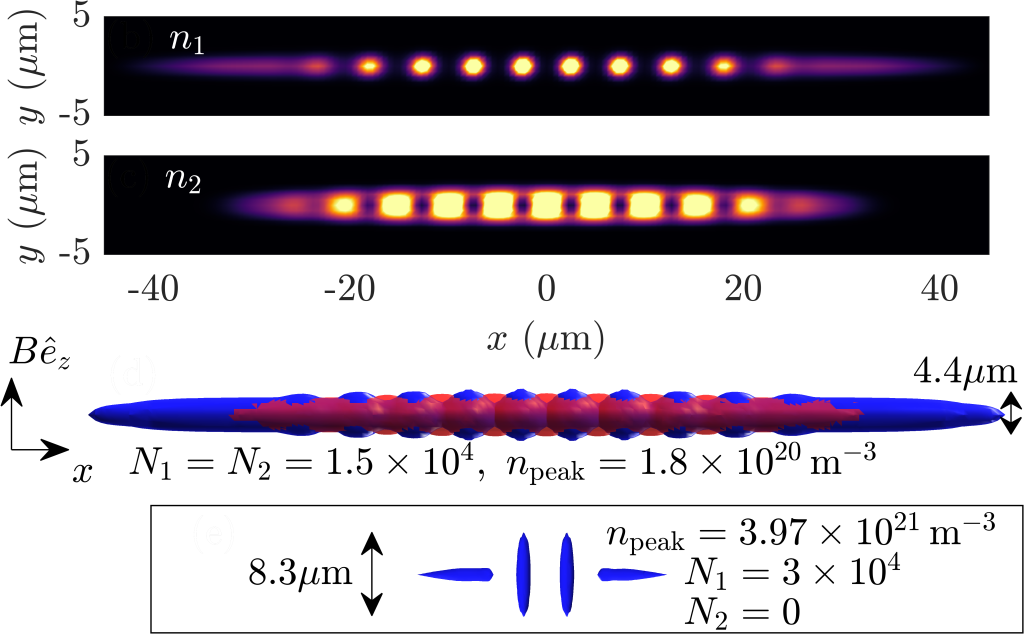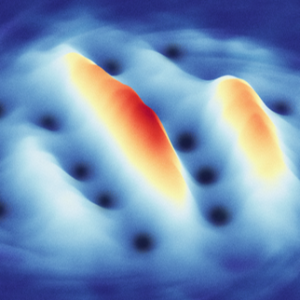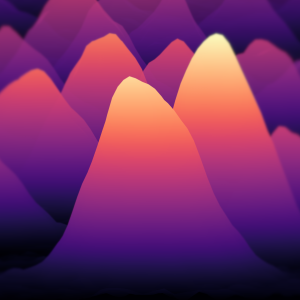By rapidly rotating the dipole moment in an ultracold Bose gas it is possible to tune the dipole-dipole interaction. Rotating dipoles around the origin of the x-y plane, for example, gives a time averaged interaction that is equivalent to anti-dipoles oriented along the z axis! This means that the effective interaction is opposite: head-to-tail anti-dipoles repel, and side-by-side anti-dipoles attract! In an infinite tube of anti-dipoles, this means that the possible supersolid states have cylindrical symmetry around the x-y axis, which we utilize to facilitate analytic predictions, and faster numerical simulations, of two-component antidipolar supersolids!
See the pre-print here: arXiv:2301.08007
 Thomas Bland
Thomas Bland
Review of recent experiments with dipolar gases
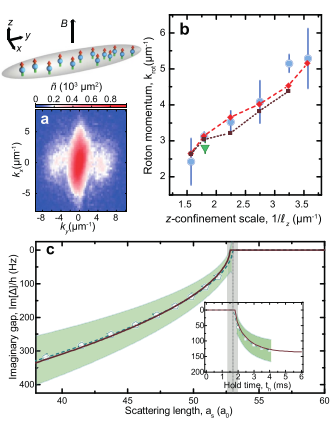 The last 15 years has seen tremendous experimental progress for the manipulation and control of ultracold atoms with sizeable dipole-dipole interactions. In this review, together with other group leaders who first condensed dysprosium and chromium, we review the discoveries made so far, and lay out the future perspectives for this exciting field!
The last 15 years has seen tremendous experimental progress for the manipulation and control of ultracold atoms with sizeable dipole-dipole interactions. In this review, together with other group leaders who first condensed dysprosium and chromium, we review the discoveries made so far, and lay out the future perspectives for this exciting field!
The paper can be found here: Dipolar physics: a review of experiments with magnetic quantum gases – IOPscience
Double the supersolid, double the fun?
Here in Innsbruck, and in Stuttgart and Pisa, clouds of ultracold dipolar atoms have recently been observed in the long-sought after supersolid state, in which there exists global phase coherence and crystalline density structure in the superfluid. Two-component dipolar gases are also now experimentally producible, with our erbium and dysprosium mixtures, however the fate of the supersolid state remains largely unknown.
Together with researchers from Hanover, we predict the existence of a binary supersolid state in which the two components form a series of alternating domains, producing an immiscible double supersolid. Remarkably, we find that a dipolar component can even induce supersolidity in a nondipolar component. In stark contrast to single-component supersolids, the number of crystal sites is not strictly limited by the condensate populations, and the density is hence substantially lower. Our results are applicable to a wide range of dipole moment combinations, marking an important step towards long-lived bulk-supersolidity.
See the pre-print here: arXiv:2203.11119, and the now published paper here: PhysRevA.106.053322
Vortices in a dysprosium gas
By stirring the magnetic field which polarizes the atoms in a dysprosium condensate, we were able to generate vortices–tiny quantum tornadoes–in a dipolar gas for the first time!
Bloch Oscillations
By letting an erbium quantum droplet fall under gravity through an optical lattice, it is possible to understand the inter-atomic interactions and quantum fluctuations through variations of the Bloch oscillation.

